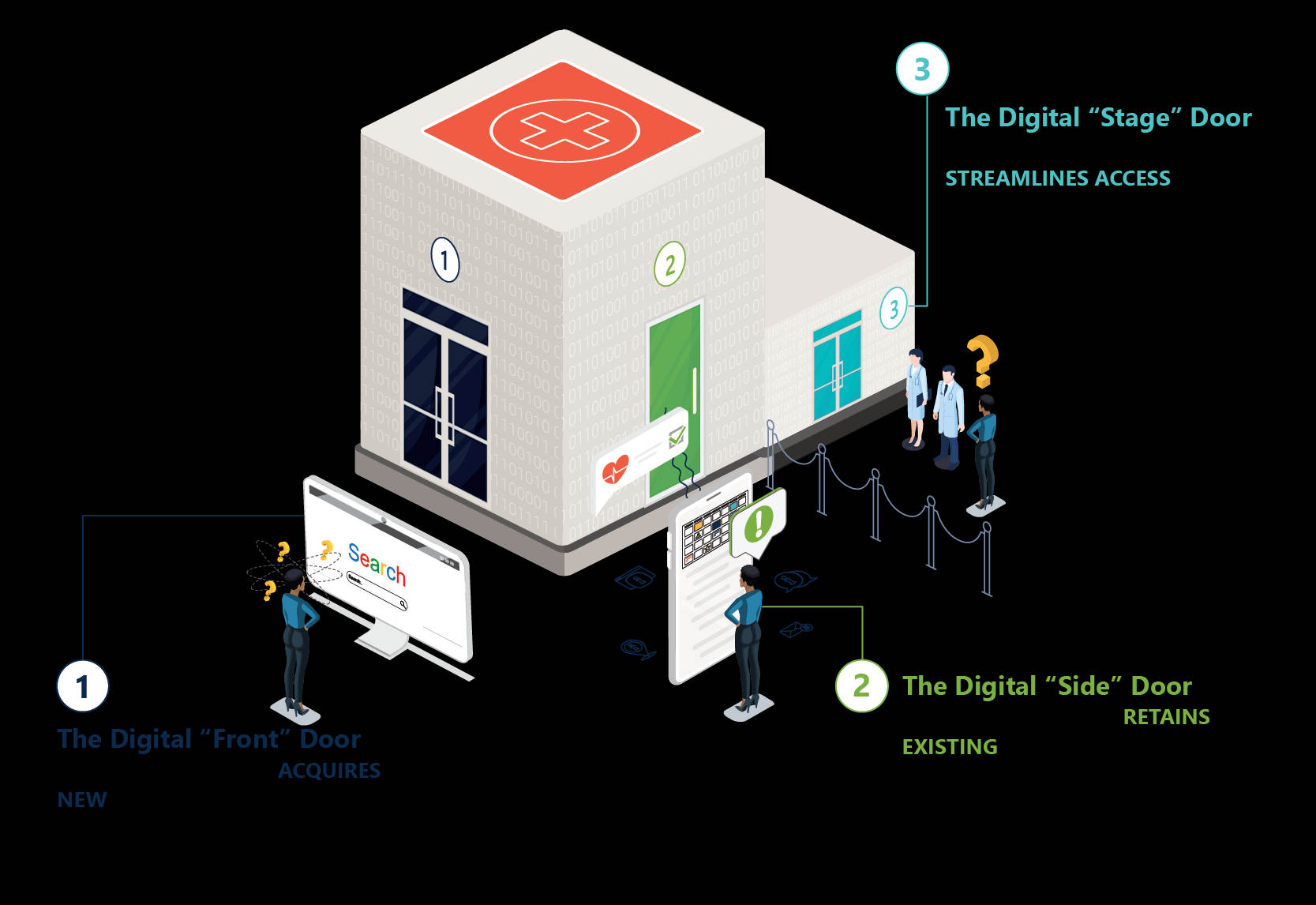
@ShahidNShah


Consumers have more options than ever before when it comes to ambulatory care. As competition increases between traditional providers and industry disruptors, reimagining access is a health system mandate. In response to the mandate, health systems are aggressively pursuing performance improvement and reframing their access strategies. Yet the fundamental work continues to center on matching supply with demand. Health systems are increasingly using digital solutions to streamline intake while also proactively generating demand from consumers (both patients and referring providers). They are also doubling down on the “tried-and-true” methods to increase capacity (e.g., scheduling optimization, care team transformation, care pathway redesign) while leveraging digital tools to expand the modalities of ambulatory supply provider time, information, and services.
Leading health systems are going one step further: driving improved unit economics by increasing utilization of clinician time through forecasting demand and creating dynamic supply based on the forecasts. Early adopters of this approach will be able to elevate the consumer’s access experience by reducing wait times for care, manage the associated cost of capacity (e.g., labor and space), and minimize unnecessary fluctuations in volume.
Continue reading at chartis.com
Today’s healthcare ecosystem has multiple challenges and requires seamless technological aid to simplify the processes. However, most providers need integrated healthcare solutions to keep their …
Connecting innovation decision makers to authoritative information, institutions, people and insights.
Medigy accurately delivers healthcare and technology information, news and insight from around the world.
Medigy surfaces the world's best crowdsourced health tech offerings with social interactions and peer reviews.
© 2025 Netspective Foundation, Inc. All Rights Reserved.
Built on Apr 2, 2025 at 6:10am